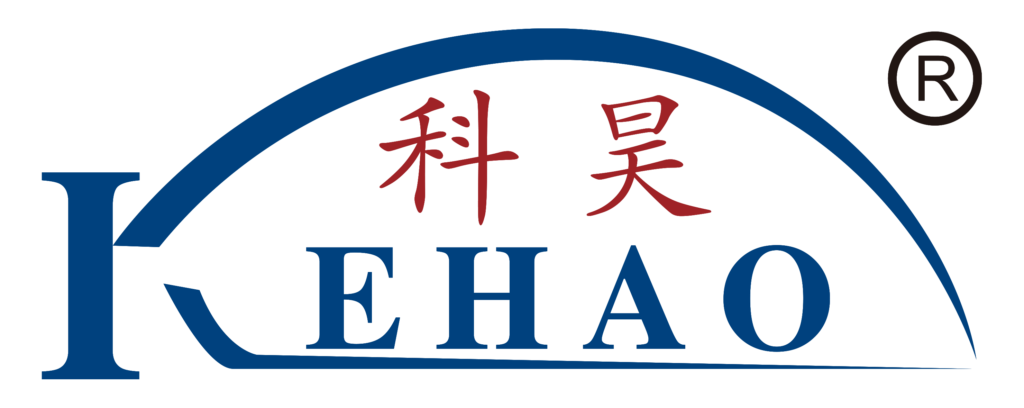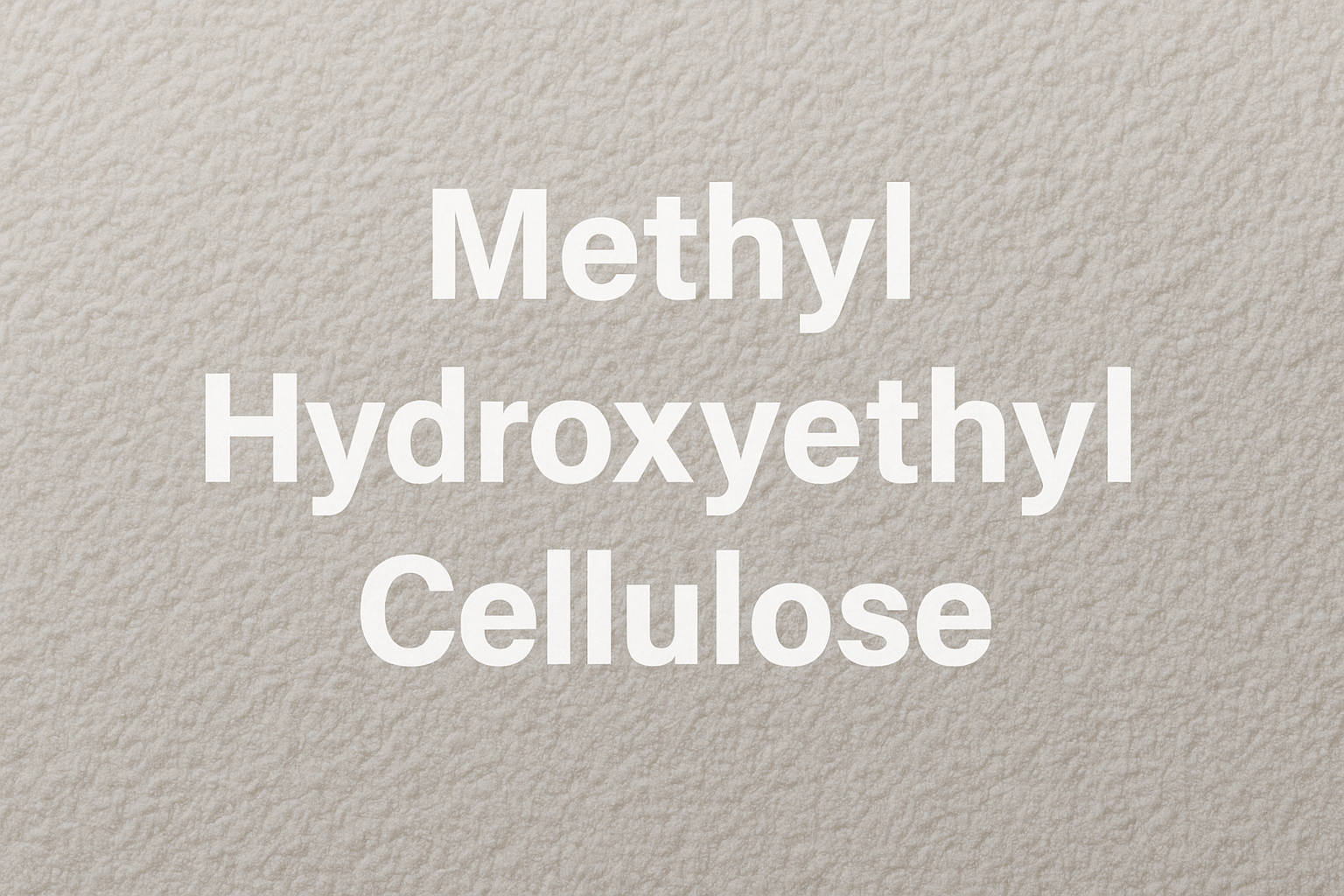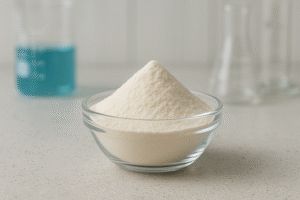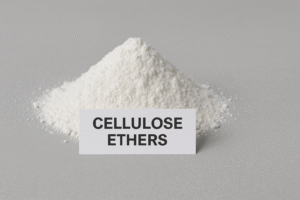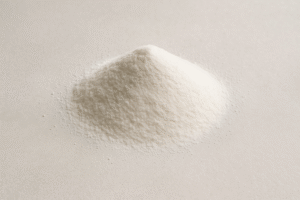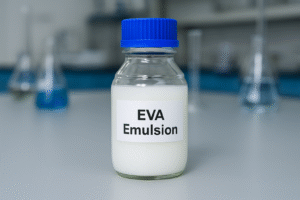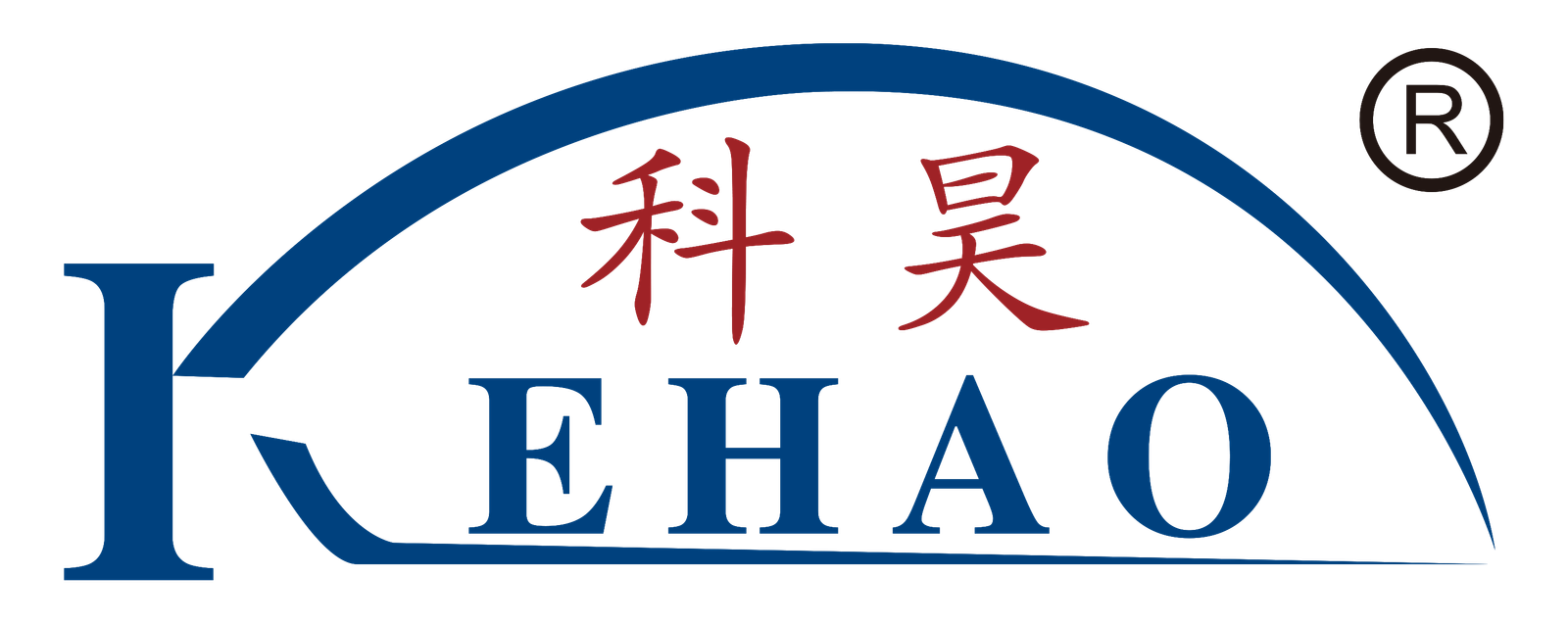Are you struggling with poor workability, water retention, or sagging in your construction materials? These issues can lead to failed projects, wasted materials, and costly repairs.
Methyl Hydroxyethyl Cellulose (MHEC)1 is a versatile cellulose ether that improves water retention, workability, adhesion, and sag resistance in construction materials. It's commonly used in self-leveling compounds2, tile adhesives3, cement and gypsum plasters4, and masonry mortars.
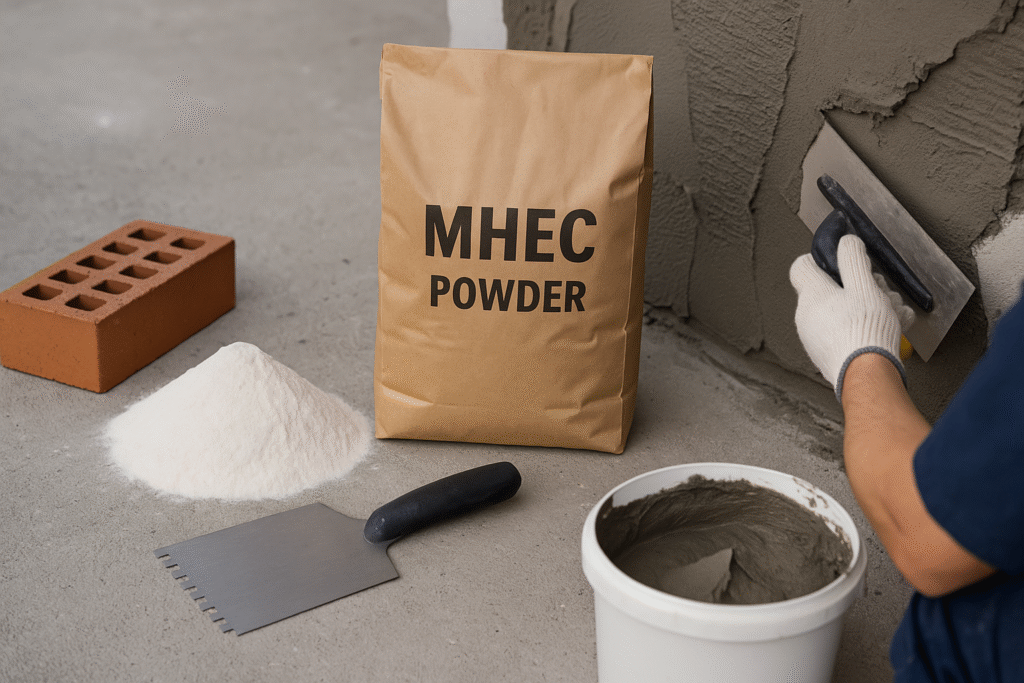
I've been working with cellulose ethers for over 12 years now, and I've seen firsthand how the right MHEC can transform construction products. My customers often come to me confused about which cellulose ether to choose. Let me walk you through the main applications of MHEC and why it might be the right choice for your specific needs.
Application of MHEC in Self-leveling Compounds?
Are you dealing with uneven surfaces that make floor installation a nightmare? Self-leveling compounds with poor flow or quick setting can cause even bigger headaches and wasted materials.
MHEC in self-leveling compounds2 provides excellent water retention, controls rheology, and ensures proper flow characteristics. It prevents premature drying, maintains workability, and helps achieve a smooth, level surface ideal for tile, carpet, or hardwood flooring installation.
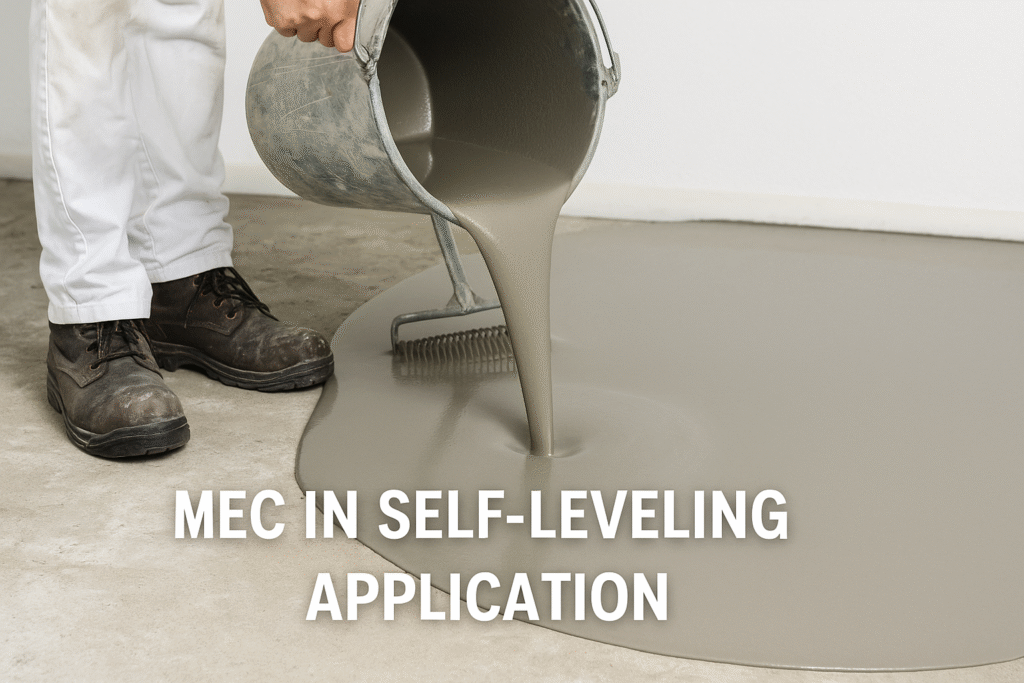
I've noticed that many manufacturers struggle to get the balance right in self-leveling formulations. MHEC plays a key role here by working alongside other additives to create the perfect consistency. For self-leveling compounds2, we typically recommend MHEC with a low viscosity5 (around 10,000-30,000 mPa·s) and low molecular weight.
The dosage of MHEC in self-leveling compounds2 usually ranges from 0.1% to 0.3% of the dry mix weight. This might seem small, but it makes a big difference. The low viscosity MHEC helps maintain flow properties without making the mixture too thick or sticky. It also works well with superplasticizers commonly used in self-leveling formulations.
One thing I always tell my customers is to consider the open time required for their specific application. In large commercial spaces, you might need a longer open time than in small residential areas. The specific grade of MHEC can be adjusted to provide anywhere from 20-40 minutes of workability, which gives installers enough time to pour and finish the surface properly.
Performance Comparison of MHEC in Self-leveling Applications
| Property | Low MHEC Content | Optimal MHEC Content | High MHEC Content |
|---|---|---|---|
| Flow | Too rapid, uncontrolled | Smooth, even flow | Too thick, poor leveling |
| Setting time | Too quick | 20-40 minutes | Too slow |
| Water retention | Poor | Excellent | Excessive |
| Surface finish | Prone to cracks | Smooth, even | May show air bubbles |
Application of MHEC in Tile Adhesive?
Have you experienced tiles falling off walls or floors cracking shortly after installation? Poor water retention and inadequate adhesion in tile adhesives3 often lead to these expensive and frustrating failures.
MHEC improves tile adhesives by enhancing water retention, extending open time, and increasing adhesive strength. It prevents premature drying, allows for adjustments during installation, and ensures proper curing even in challenging conditions like high temperatures.
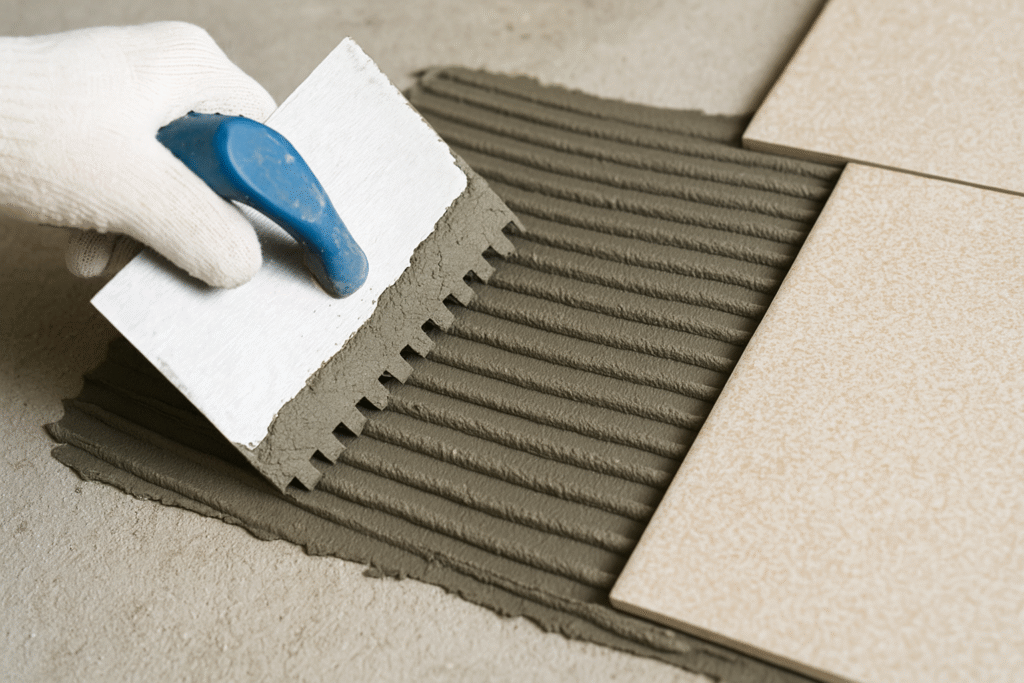
Through years of working with tile adhesive manufacturers, I've learned that the right MHEC grade can dramatically improve performance. For tile adhesives, we typically recommend medium to high viscosity MHEC (around 30,000-60,000 mPa·s) at concentrations between 0.2% and 0.5% of the dry mix.
The higher viscosity helps create thixotropic behavior - meaning the adhesive stays put after application without sagging or slumping on vertical surfaces. This is crucial when installing heavy tiles on walls. The increased water retention also extends the open time, giving installers more flexibility during the installation process.
I remember working with a client in Saudi Arabia who was having issues with rapid drying of their tile adhesive due to the extremely hot climate. By switching to an MHEC with higher methoxyl content and optimizing the dosage, we were able to extend their open time by almost 15 minutes - making a huge difference in their installation success rate.
Another important aspect is slip resistance. MHEC helps create the right consistency that prevents tiles from slipping during installation. This is measured through the slip value in tile adhesive testing, and the right MHEC grade can help achieve optimal values between 0.1-0.5mm for most applications.
Recommended MHEC Viscosities for Different Tile Adhesive Applications
| Application Type | Recommended MHEC Viscosity | Typical Dosage | Key Benefits |
|---|---|---|---|
| Wall tiles | 40,000-60,000 mPa·s | 0.3-0.5% | Anti-sagging, extended open time |
| Floor tiles | 30,000-45,000 mPa·s | 0.2-0.4% | Good wetting, adequate open time |
| Glass/Mosaic tiles | 45,000-65,000 mPa·s | 0.3-0.5% | Enhanced adhesion, anti-slip |
| Natural stone | 30,000-50,000 mPa·s | 0.2-0.4% | Reduced discoloration risk, good workability |
Application of MHEC in Cement Plaster?
Do you find your cement plaster cracking, shrinking, or lacking adhesion to the substrate? These common issues often stem from poor water retention and inadequate workability of the plaster mix.
In cement plaster, MHEC enhances water retention, improves workability, and reduces cracking and shrinkage. It allows for better application consistency6, extends working time, and leads to a stronger final product with better durability and adhesion to various substrates.
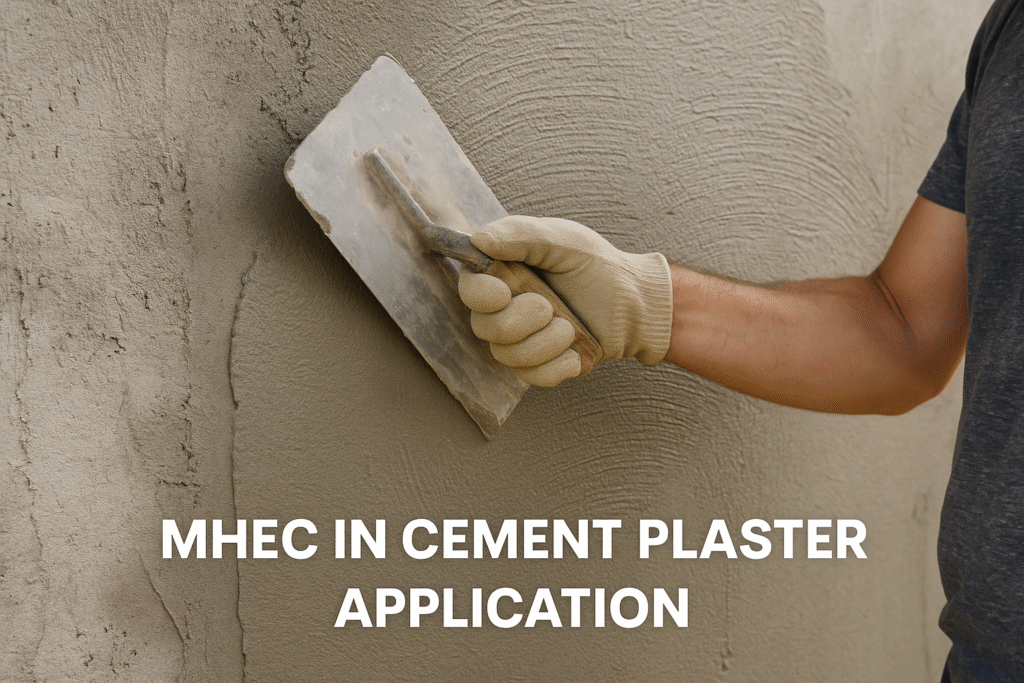
Cement plaster is one of the most demanding applications for cellulose ethers due to the varied application conditions and substrate types. Based on my experience with customers across different climates, I recommend medium viscosity MHEC (20,000-40,000 mPa·s) at concentrations of 0.1% to 0.3% for most cement plaster applications.
The key benefit of MHEC in cement plaster is improved water retention, which ensures proper cement hydration. This is particularly important in hot or windy conditions where rapid water evaporation can lead to weak, dusty plaster that's prone to cracking. The extended workability also allows for better finishing, resulting in smoother surfaces with fewer application marks.
Another important aspect is the air entrainment provided by MHEC. The microscopic air bubbles created during mixing improve the plaster's workability and pump-ability. This makes application easier, whether by hand or machine, and creates a more uniform finish.
I've found that cement plaster with optimized MHEC content also demonstrates better adhesion to difficult substrates like smooth concrete or extruded polystyrene (XPS) boards. This is particularly important in external thermal insulation composite systems (ETICS) where adhesion failure can lead to serious energy efficiency issues and facade damage.
Effect of MHEC on Cement Plaster Properties at Different Application Stages
| Stage | Without MHEC | With Optimal MHEC |
|---|---|---|
| Mixing | Quick water separation, poor consistency | Homogeneous mixture, good workability |
| Application | Difficult spreading, poor adhesion | Easy application, excellent substrate adhesion |
| Working | Short workability, difficult to finish | Extended workability, easy to achieve smooth finish |
| Curing | Prone to rapid drying, cracking | Controlled water release, reduced cracking |
| Final properties | Weak bonding, potential dusting | Strong bonding, good durability |
Application of MHEC in Gypsum Plaster?
Are you battling with gypsum plaster that sets too quickly, develops cracks, or doesn't adhere properly to walls? These problems can turn simple plastering jobs into time-consuming nightmares.
MHEC in gypsum plaster regulates setting time, improves workability, and enhances adhesion to various substrates. It allows for better finishing, reduces waste during application, and creates a more durable final surface that's less prone to cracking.

Gypsum plaster has different requirements compared to cement-based products, and I've found that selecting the right MHEC grade is crucial. For gypsum applications, low to medium viscosity MHEC (15,000-30,000 mPa·s) at dosages of 0.05% to 0.2% typically works best.
The main challenge with gypsum plaster is controlling the setting reaction rate while maintaining good workability. MHEC helps by forming a protective colloid around the gypsum particles, slowing down the water absorption and giving applicators more time to work with the material before it hardens.
One interesting observation I've made while working with customers is that MHEC can significantly improve the scratch resistance of the final gypsum surface. This happens because the more uniform water distribution leads to more complete hydration of the gypsum, creating a harder, more durable finish.
The improved slip properties provided by MHEC also make gypsum plaster easier to apply in thin layers, which is particularly important for finish coats. The thixotropic behavior allows the plaster to flow easily under the pressure of the trowel but remain in place after application without sagging.
For machine application, the right MHEC grade can improve pumpability and reduce the risk of blockages in the equipment. This increases productivity and reduces downtime on construction sites, which is something my customers consider extremely valuable in large projects.
Comparison of Gypsum Plaster Properties with Different MHEC Grades
| Property | Low Viscosity MHEC | Medium Viscosity MHEC | High Viscosity MHEC |
|---|---|---|---|
| Set retardation | Minimal | Moderate | Significant |
| Water retention | Good | Better | Best |
| Workability | Improved | Greatly improved | May become too sticky |
| Adhesion to substrate | Good | Very good | Excellent |
| Ease of finishing | Good | Excellent | Can be difficult due to tackiness |
Application of MHEC in Masonry Mortar?
Do you find your masonry mortar drying too quickly, leading to poor bonding between bricks or blocks? Or perhaps you're dealing with mortar that's difficult to work with and doesn't provide consistent joint quality?
MHEC enhances masonry mortars by improving water retention, extending board life, and increasing bonding strength. It creates the ideal consistency for easy application, prevents premature drying even in adverse weather conditions, and ensures stronger, more durable masonry structures.
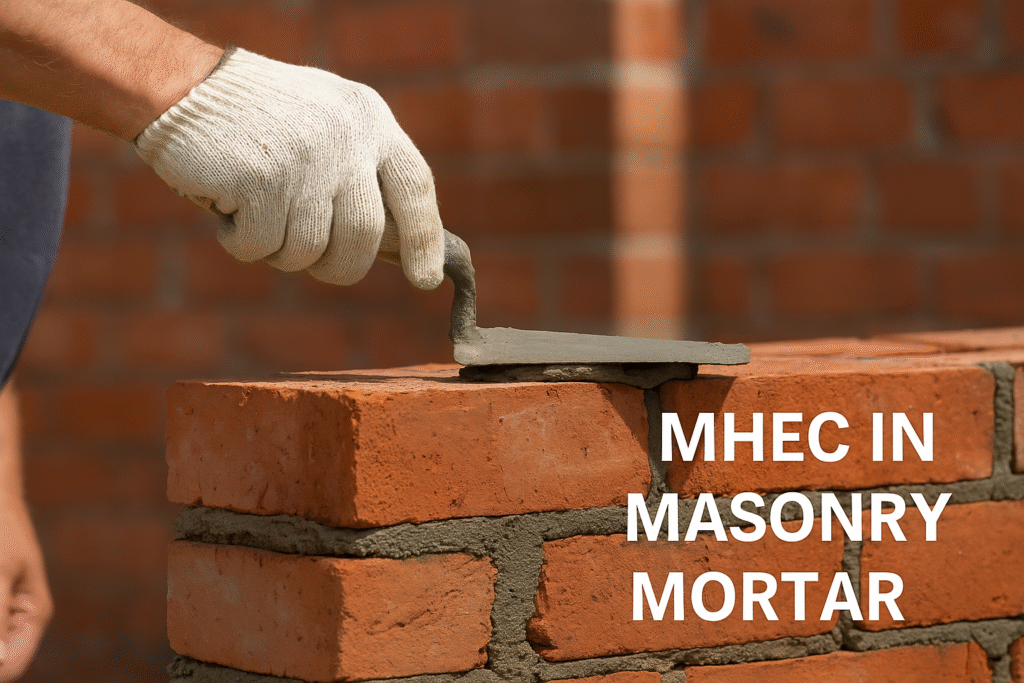
Throughout my years working with masonry mortar manufacturers, I've found that medium viscosity MHEC (20,000-40,000 mPa·s) at dosages between 0.1% and 0.3% provides the best balance of properties for most applications.
Masonry mortar faces unique challenges because it needs to bond with highly absorbent substrates like brick or concrete block. Without proper water retention, the mortar can lose too much water to the substrate too quickly, resulting in weak bonds and compromised structural integrity. MHEC creates a water-retaining layer that allows for controlled moisture transfer, ensuring adequate hydration of the cement.
The extended board life (the time the mortar remains workable in the mason's board) is another crucial benefit. I've seen cases where adding the right amount of MHEC extended the workability from 1 hour to over 3 hours, which significantly reduces waste and increases productivity on job sites.
Another interesting effect of MHEC in masonry mortar is its impact on the microstructure of the hardened material. By ensuring more complete cement hydration, it creates a denser matrix with fewer capillary pores. This translates to better freeze-thaw resistance7 and lower water absorption in the finished masonry, which is particularly important in cold climates or areas with high rainfall.
The improved slip resistance provided by MHEC also makes it easier to place bricks or blocks precisely, allowing for more accurate coursing and better-looking finished walls. This is something both professional masons and DIYers appreciate about properly formulated masonry mortars.
Performance Factors of MHEC in Different Masonry Applications
| Application | Critical MHEC Benefit | Recommended Viscosity | Typical Dosage |
|---|---|---|---|
| Brick laying | Water retention, extended board life | 30,000-40,000 mPa·s | 0.2-0.3% |
| Block work | Improved adhesion, sag resistance | 25,000-35,000 mPa·s | 0.15-0.25% |
| Thin-bed masonry | High water retention, excellent adhesion | 35,000-45,000 mPa·s | 0.2-0.3% |
| Repointing | Extended workability, reduced shrinkage | 20,000-30,000 mPa·s | 0.1-0.2% |
Conclusion
MHEC is truly versatile in construction applications, enhancing performance across self-leveling compounds2, tile adhesives, plasters, and masonry mortars8. By selecting the right grade and dosage, you can solve common construction problems and significantly improve your products' quality.
-
Explore this resource to understand how MHEC can enhance construction materials and solve common issues. ↩
-
Explore the benefits and applications of self-leveling compounds in construction for better results. ↩ ↩ ↩ ↩ ↩
-
Learn about the best practices for tile adhesives to ensure successful installations and avoid common pitfalls. ↩ ↩
-
Understand the differences and applications of cement and gypsum plasters for informed material selection. ↩
-
Understand the role of viscosity in construction materials and how it affects their application. ↩
-
Learn about the factors that ensure application consistency for successful construction projects. ↩
-
Discover the significance of freeze-thaw resistance in masonry for long-lasting structures. ↩
-
Discover the essential properties of masonry mortars and how they contribute to strong construction. ↩
